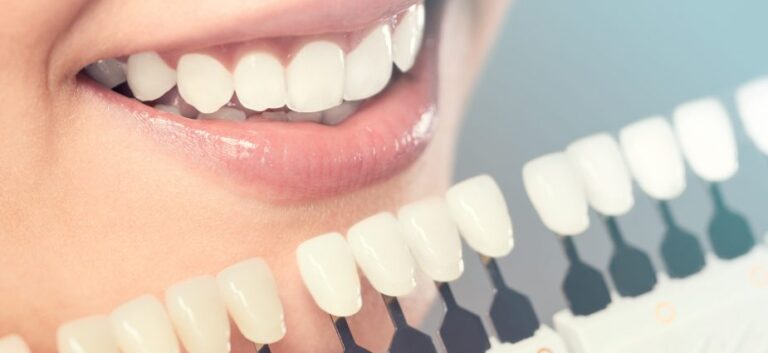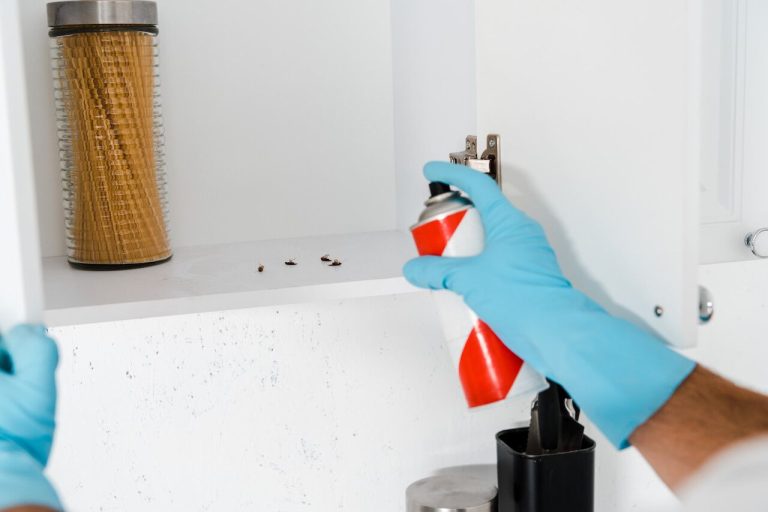Many people in Leanders, Texas, are not aware of the importance of good dental health. For some,...
Day: March 17, 2022
A hernia is a protrusion of an organ through the muscle wall. The most common ones are...
Facet joint syndrome is not a condition you want to have. Unfortunately, many people in Eugene, Oregon,...
Aesthetic and wellness centers provide an excellent solution for those who want to improve the ways they...
Your oral state speaks volumes about your general wellness. A frustrating toothache and bad breath are not...









